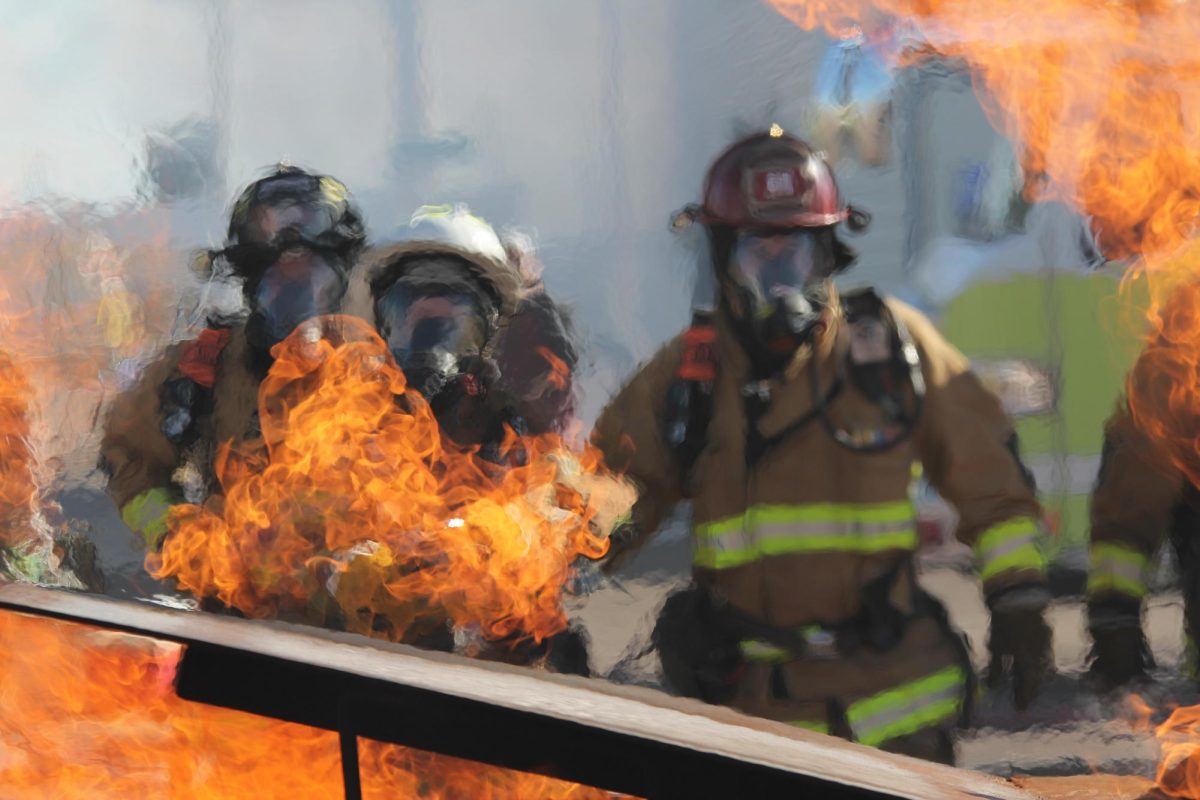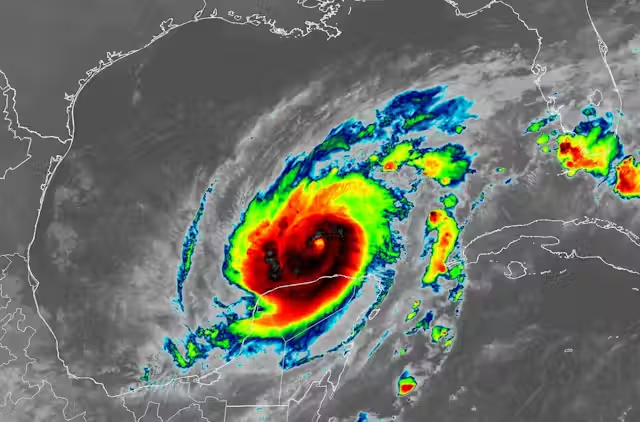A disastrous wildfire has unleashed terror upon the alluring terrains of Maui, leaving destruction in its wake. The fires, which ignited on August 8, have relentlessly scorched vast fields of land, challenging firefighting crews and pushing residents to their limits.
The conflagration, fueled by a deadly combination of prolonged drought, high temperatures, and strong winds, has proven dreadful to contain. Authorities have labeled it one of the most grueling firefighting efforts in Maui’s history. As of the latest update, over 2,170 acres have been consumed by the fires.
The exact cause of the fires remains under dispute. While some presume that mortal exertion might have played a part, others point to the prevailing rainfall conditions as the primary catalyst for the disaster. Firefighting crews from across the region, as well as mainland support, have gathered on Maui to battle the blazes. Helicopters equipped with advanced thermal imaging technology have been stationed to survey the fire’s movement and direct ground brigades to strategic locales. Despite the gallant effort of these firefighters, the fires have stubbornly spread, jumping firebreaks and gulfing rugged terrain. The trouble to structures, including power lines and communication networks, has compounded the extremity, leaving some areas without essential services.
Evacuation orders have been issued to several communities in the path of the blaze, displacing residents and their pets. Emergency shelters, equipped with COVID- 19 safety protocols, have been established to give a safe haven for those forced to flee their homes. Original officers, in cooperation with non-profit associations, are furnishing support to affected individuals and families, offering assistance with searching for temporary housing, acquiring medical care, and addressing immediate requirements.
Environmental concerns have also risen, with precious natural territories and native foliage falling victim to the fires. The impact on the islet’s delicate ecosystem could be felt for times to come, prompting conversations about reforestation and restoration sweats. Air quality on Maui has significantly deteriorated due to the bank and ash generated by the fires. Health officers are prompting residents to stay outdoors, especially those with respiratory conditions, and to use masks to cover themselves from dangerous patches.
As the battle against the fires continues, the people of Maui are demonstrating remarkable adaptability and resilience. The collaborative hope is that with the combined sweats of firefighters, first responders, and the community, the fires will ultimately be subdued, allowing the islet to begin the long process of recovery and reconditioning.un









